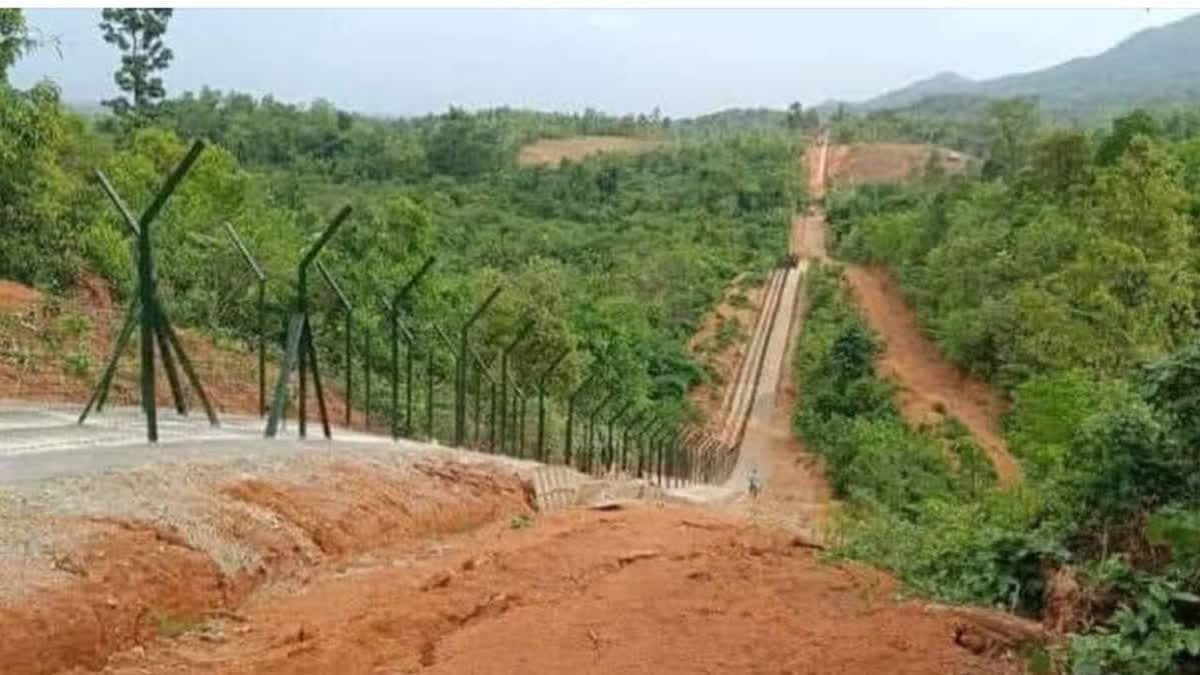Tezpur: The Central government's much-hyped plan to fence the 1,643 km long Indo-Myanmar border will not only divide two geographical boundaries, but also cut through people's culture, ethnicity and rich history. The house of Angh (meaning Chieftain) of Longwa village is such an example where if the fence materialises, one part of the house will be in Myanmar while the other part will remain in India.
The fencing will divide people who have been living and sharing the same social and cultural legacy for generations.
Located on the Mon district of Nagaland, Angh's house is located on such a location half of which is in Myanmar and the other half is in India.
It may be mentioned that for generations free movement has been the way of life for the Nagas living on both sides of the border. They have relatives and agricultural fields on both sides of the border of India and Myanmar, and always had unhindered access to them. The government's decision to fence the border has irked the local villagers, mostly the Konyak Nagas, known to be fearless headhunters.
The locals say that the Angh of Longwa controls several small villages. The Angh of Longwa has 30 small and large villages under his control. While 10 of them fall under Myanmar the other 20 lies in the territory of India," said Lok Sabha MP from Arunachal Pradesh Tapir Gao, who had visited Longwa recently. "Although the 10 villages fall under the territory of Myanmar, the residents of these villages have no connection with the country. They do not even have roads to the nearest place in Myanmar. They are getting benefits from Indian administration only," said Gao.
It may be mentioned that while the locals along the Indo-Myanmar border in Nagaland, Arunachal, Manipur and Mizoram have been opposing the fencing on the grounds of the historical connection between the people, the Central government has been actively pursuing with Myanmar the issue of fencing the border. The recent violence in Manipur has also brought the Indo-Myanmar border fencing into focus with a section from Manipur alleging that the violence was triggered as unabated influx from Myanmar continues in Manipur.
Read more: CCS Approves Rs 31,000 Crore To Fence India And Myanmar Border



